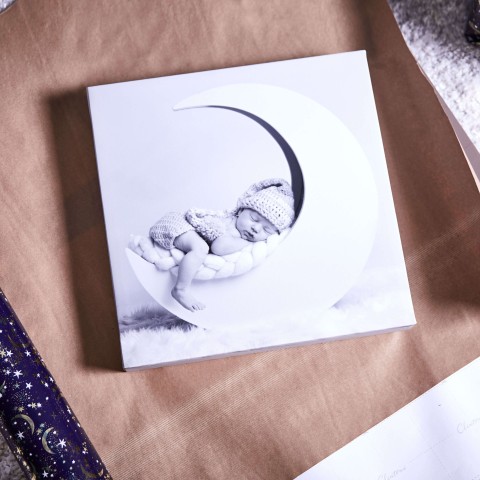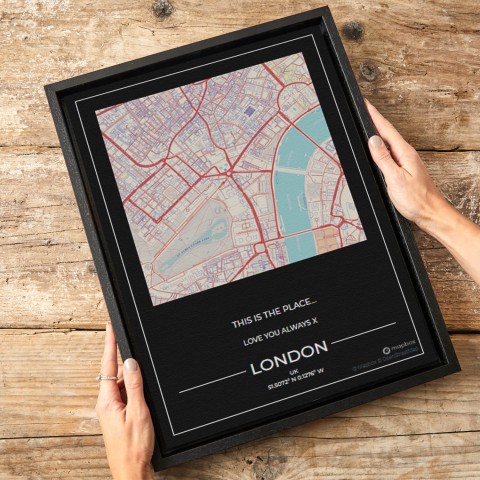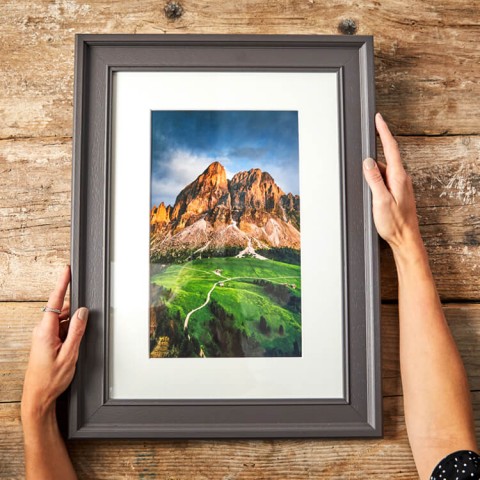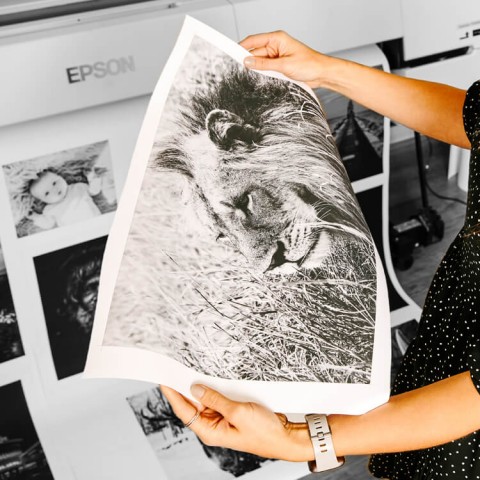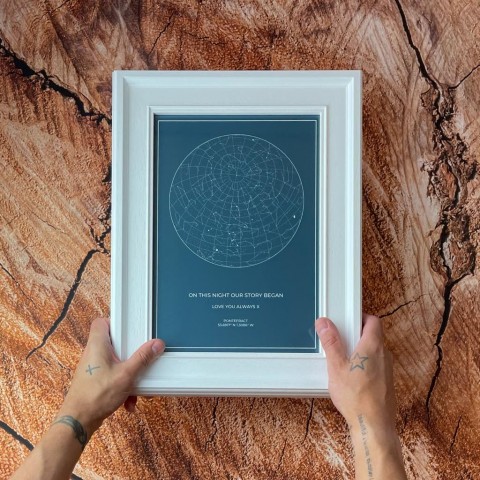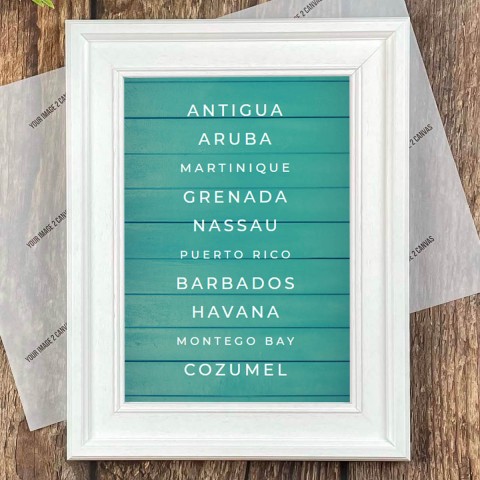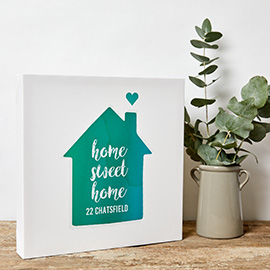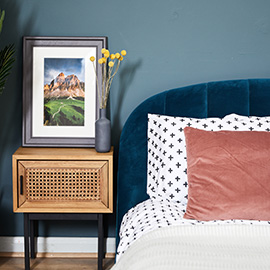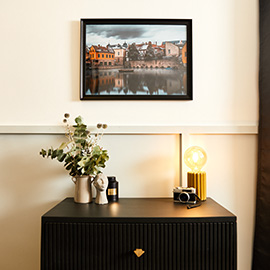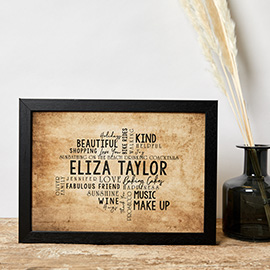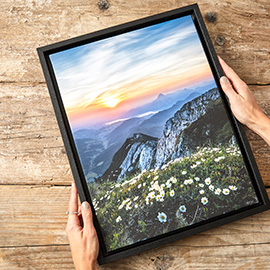Stunning Seascape Photography Tips – Part I
If you’re a fan of larger canvas prints that make a real statement, whether that’s for the home or office, there's little more appealing or eye-catching than a seascape. A beautiful sunset over the ocean has the capacity to transport us back to those balmy summer evenings spent gazing at the sea — perhaps sipping a glass of something cool and refreshing. If you like the idea of bringing a bit of your holiday home with you, there are some tips and techniques that'll ensure your final product is as awesome as the scene you’re capturing.
Over this 4 part seascape photography series, we'll help you to choose the right gear at the right time, offer advice on how to get the best from it and explain how to process your pictures for the greatest impact.
Use a tripod
It's old advice, but it's sage advice. With modern DSLRs’ outstanding high ISO capabilities it can be tempting to just ramp up the ISO to get a shutter speed that allows for handheld shots. Using an image stabilised lens also allows for shooting in low light at low shutter speeds. That's fine for quick snaps, but if you want to print the photo onto a large canvas, it pays to take the time to do it properly. Use a quality tripod, activate your camera’s mirror up system and use a wireless shutter release or timer to eliminate as much shake as possible.
Image quality is king
It’s essential to shoot at the lowest ISO setting your camera has. Dynamic range is at its highest and noise at its lowest at base ISO — both absolutely essential when you have the brightest object observable from our planet in your viewfinder! Also, it’s essential to shoot in RAW: RAW files have the maximum latitude for processing and captures all the available information. This is only possible if you shoot on a tripod though, as you’re likely to be using fairly small apertures for maximum depth of field, leading to low shutter speeds.
Choose the right lens
Unfortunately there’s no one lens for all situations. Whilst this does make it more complicated when choosing a lens for seascapes, it also means that you may already have a lens in your bag that will do a good job. For example, the image below was shot on a Canon 10-22mm ultra-wide angle lens at 14mm on a Canon 40D. This lens and focal length was chosen to capture as much detail in the foreground rocks as possible, as a juxtaposition to the dramatic sky.

This image, however, was shot at 200mm on a Canon 70-200 f4L, which couldn't really be much more different! If this shot was taken with the same lens as the previous one, it would have lost all the drama and the sun would have been lost once the image was printed onto canvas.
Next week we’ll explore some more essentials for capturing great seascapes.
Tags canvas print, seascape photography


